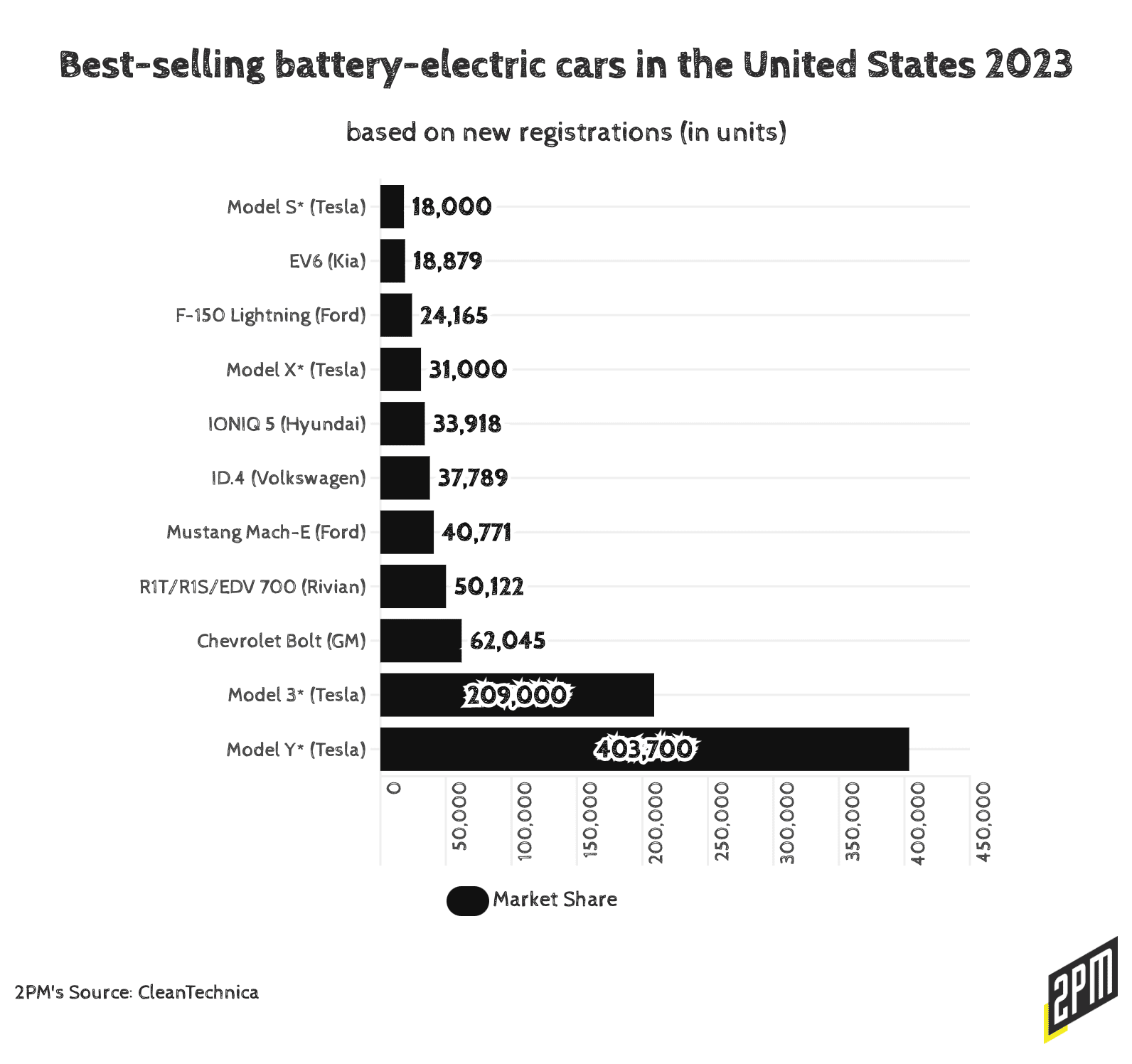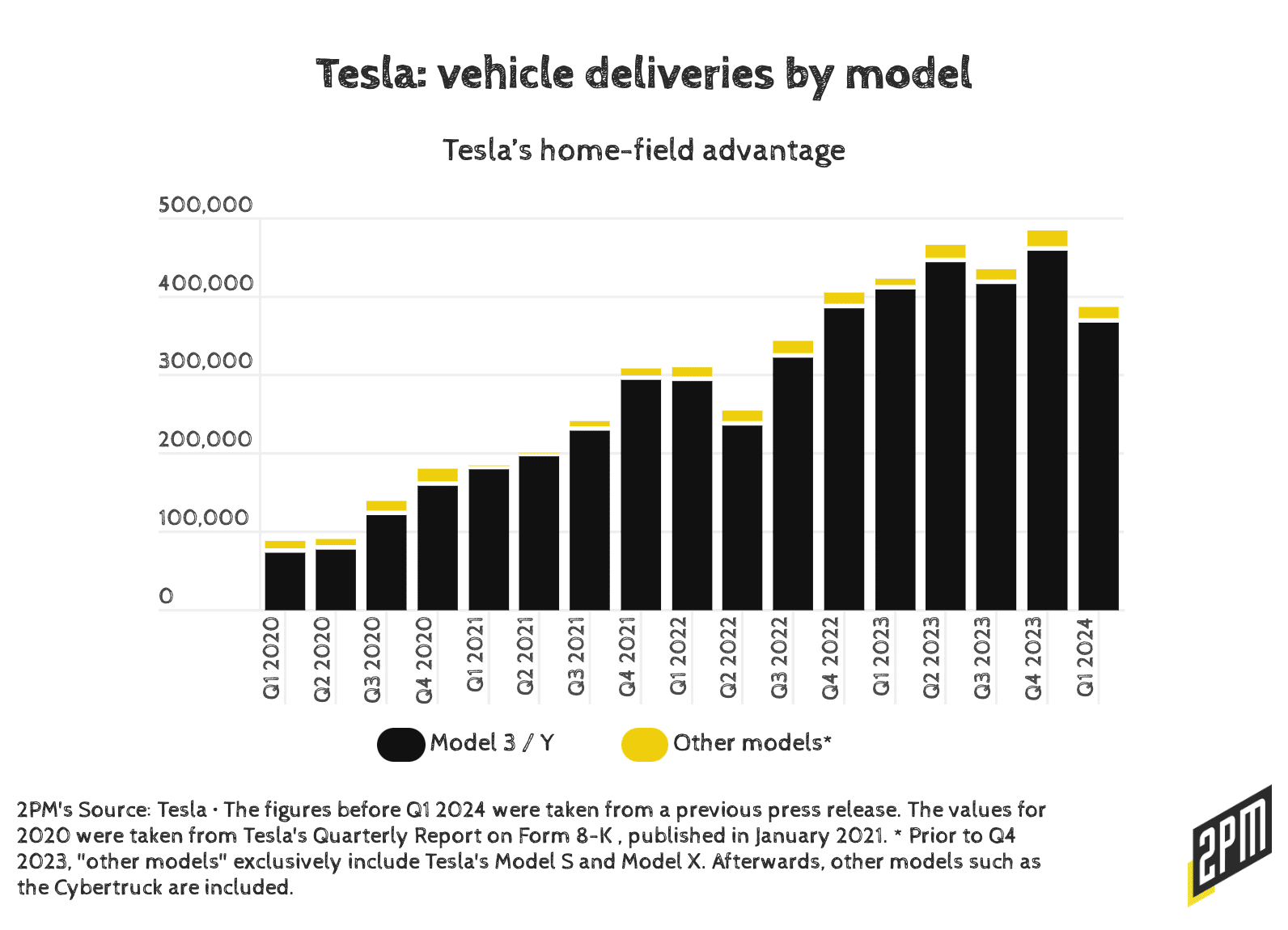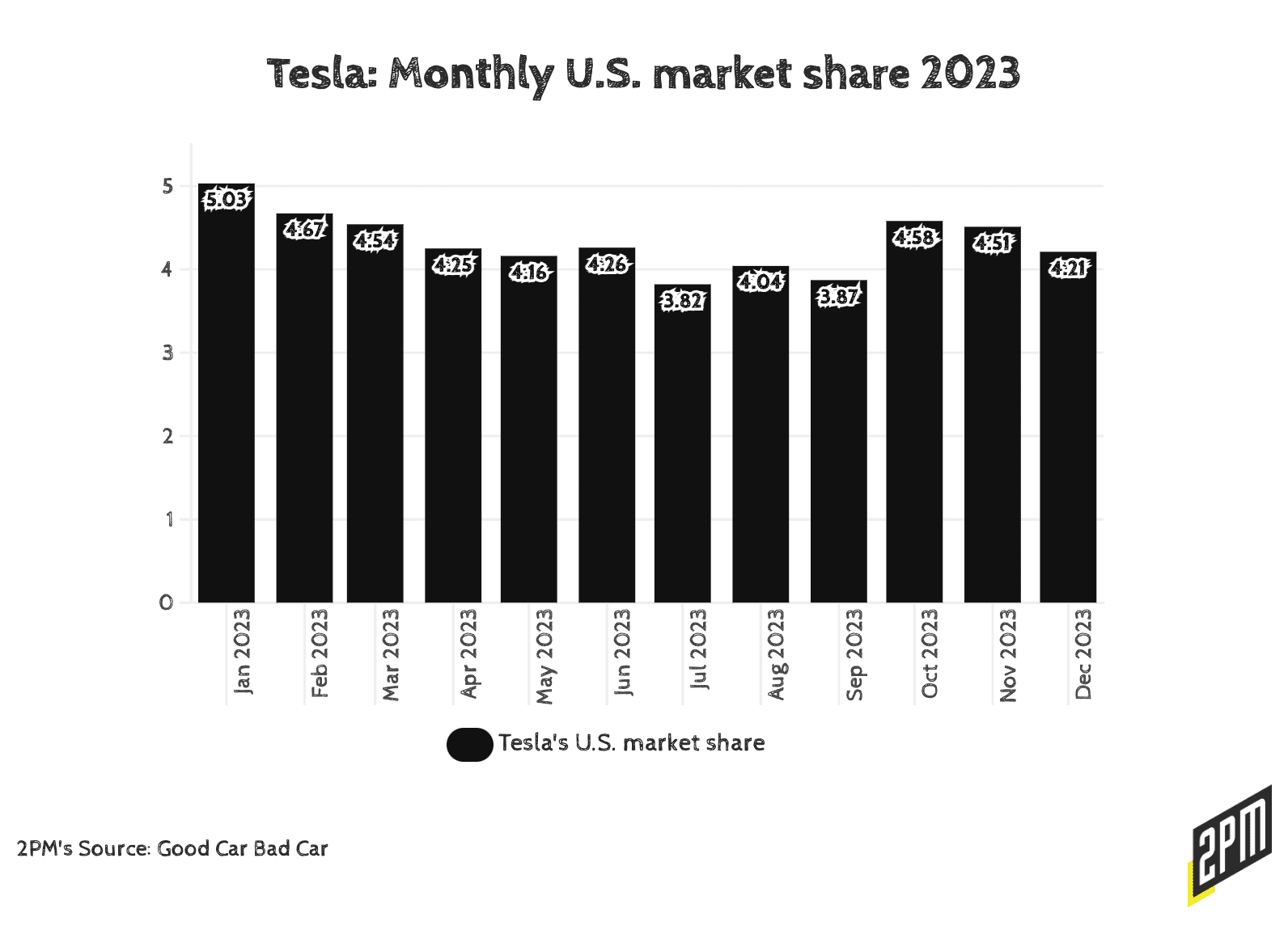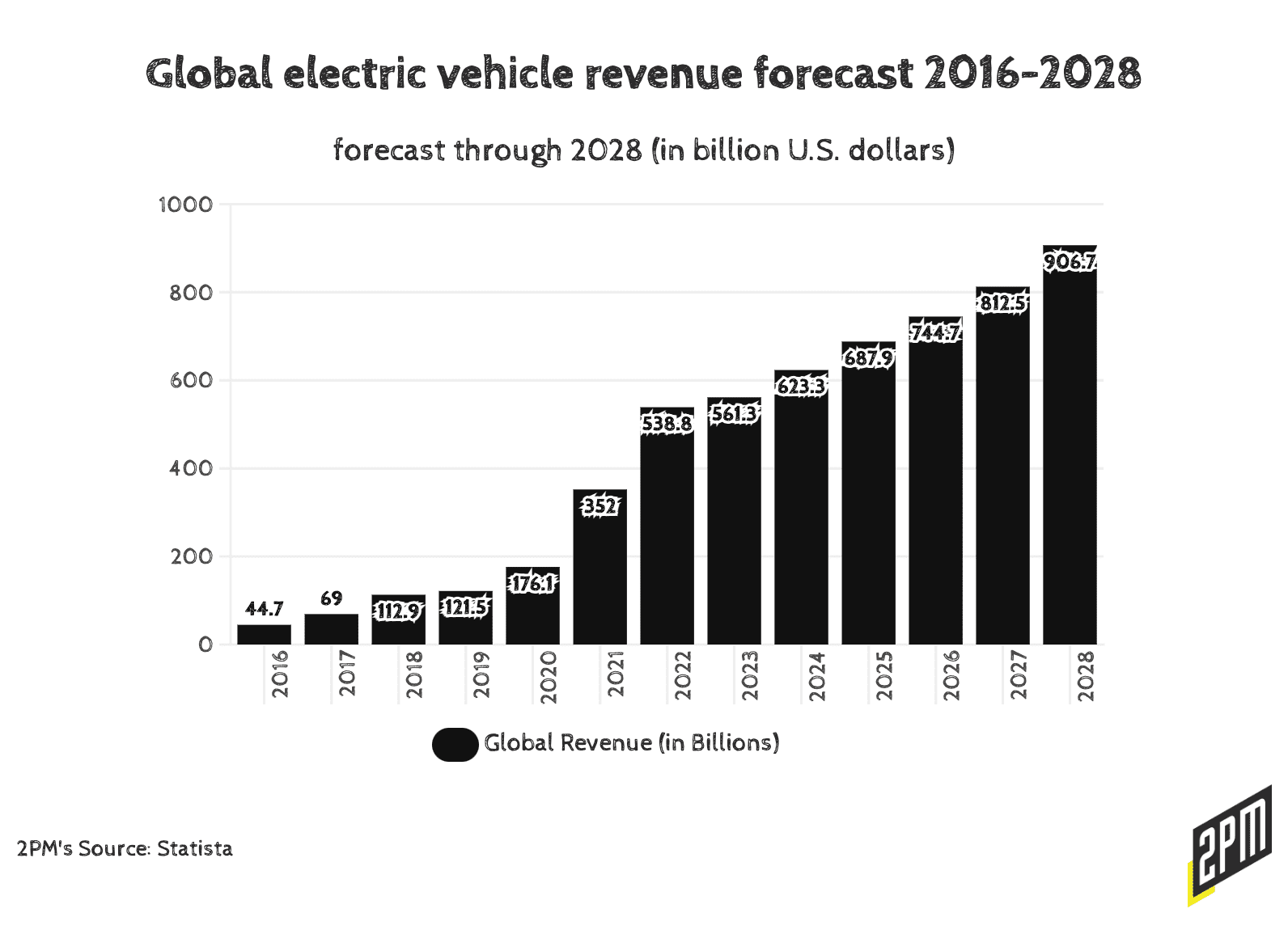
In the dynamic landscape of fintech lending, one leading lender initiated a strategic collaboration with 2PM. This partnership aimed to leverage 2PM’s deep insights into consumer behavior and brand performance, utilizing key data points to refine lenders’ approaches to credit offerings.
By analyzing detailed market data, the lender was better positioned to assess the financial health and potential of individual brands, enabling more informed decision-making processes. This collaboration not only underscores this particular lenders’ commitment to “outside-of-the-box” data-driven strategies but also enhances their capability to support sustainable brand growth in an increasingly competitive market.
According to recent reports, the pressure on fintech lenders like Ampla is mounting. This is evidenced not only by their reported financial struggles but also by the outreach from competitors seeking to capitalize on Ampla’s vulnerabilities. A recent LinkedIn post by a Paperstack employee highlighted the concerns within the CPG industry and their competitor’s potential failure. It specifically acknowledged the deep financial challenges Ampla might be facing and extending a helping hand to those affected. This situation underscores a larger trend in the fintech sector, where companies are both competitors and crucial lifelines, offering necessary capital to businesses navigating the capital-intensive journey of eCommerce.

In addition to this particular blog from Paperstack, I’ve personally received similar messages a few of Ampla’s other competitors, each presenting their services as stable, long-term financial solutions. Other publications and smaller consultancies have reported similar activity. These interactions tell a tale. For one, they mark a significant shift in how digital capital is being approached in today’s market. The competitive market was difficult for these lenders, as early as February 2023 (according to this Betakit report on the growing lender – Paperstack). It can only be more difficult now.
Amid these conditions, Toronto’s Clearco and Dublin-based Wayflyer—two of the biggest FinTech firms providing revenue-based financing to e-commerce brands—have undergone significant layoffs. In Clearco’s case, the company has also changed CEOs and exited overseas markets, handing this portion of its business to London-based competitor Outfund.
The much smaller Paperstack faces the same conditions that forced bigger players to regroup, from mounting inflation and interest rates, which have made it difficult for many startups to raise capital, to slowing e-commerce growth.
Fintech lenders are operating in an even higher-pressure environment marked by several intersecting challenges:
Macroeconomic Shifts: The end of historically low interest rates has significantly impacted fintech lenders, increasing their cost of capital and forcing them to reassess their lending models. As borrowing becomes more expensive and economic growth cools, both lenders and borrowers face heightened financial stress.
Increased Competition: As traditional banks tighten their lending standards, more businesses have turned to revenue-hungry fintech startups for solutions, intensifying the competition among these lenders. Each platform strives to offer more attractive, flexible, and innovative financing solutions to stand out, as evidenced by the proactive outreach efforts from companies like Paperstack, Ampla, Kickfurther, Clearco, Shopify, Stripe, and others.
Sector-Specific Challenges: For fintechs focusing on CPG brands, like Ampla, the shift in consumer behavior towards more cost-effective purchasing and the rise of white-label products presented additional hurdles. These changes affect the financial stability and growth prospects of their clientele, directly impacting the risk assessments and business models of the lenders.
Regulatory Environment: Increasing scrutiny from regulators on lending practices adds another layer of complexity, pushing fintechs to innovate within the confines of new financial regulations. This requires continuous adaptation and compliance efforts, further straining their resources.
Technological Advancements: To stay competitive, fintech lenders must continuously invest in technology to improve their financial products and services. This includes enhancing risk assessment models with AI and machine learning, and developing more user-friendly platforms that can integrate seamlessly with the businesses they serve.
These challenges collectively contribute to the high-pressure environment that defines the new era of digital capital. Fintech lenders are not only required to be financially robust but also agile and innovative, capable of quickly adapting to changing market conditions and customer needs.
The public and private outreach from companies like Paperstack is indicative of the broader strategic shifts occurring within the fintech sector. As companies vie for leadership in this tumultuous market, their ability to provide reliable, flexible, and efficient financial solutions will likely determine their success. For consumer businesses reliant on these financial services, the landscape offers both potential risks and rewards, emphasizing the importance of choosing partners that align with their long-term financial goals and operational needs.
The Core Target of the Fintech SAAS Lender
The core target industry is undergoing significant transformation due to evolving consumer behaviors and economic pressures, which in turn are impacting the CPG lending industry. In a recent deep dive on CPG, I reported:
The landscape for CPG brands is undergoing a seismic shift, marked by increased challenges in distribution avenues, market consolidation by retail giants, diminishing venture capital interest, and heightened cost pressures. This confluence of factors is rapidly closing the window of opportunity for CPG brands to achieve widespread distribution and visibility.
As the financial landscape shifts, fintech companies that specialize in lending to CPG brands are facing unique challenges but, also, new opportunities that necessitate strategic adaptation to stay competitive and relevant. Here are the key points influencing the changing role that debt financing is playing in the role of CPG brands and beyond.
By nature, this makes debt a much higher risk to the brand and the lender.
As eCommerce continues to expand, small retailers are finding the space increasingly challenging to navigate, contrary to the expectations set by eCommerce’s growing adoption. This complexity is rooted in various structural changes in consumer behaviors, market dynamics, and intensified competition, particularly from dominant industry players.
ThE CPG Struggle
The story of Foxtrot Market’s failure illustrates a critical issue many small eCommerce retailers face: misalignment with consumer expectations. Foxtrot aimed to differentiate itself with a unique, upscale product mix and aesthetic appeal but neglected to integrate essential items that meet daily consumer needs, which are crucial for driving repeat business in the convenience sector. This example highlights a broader narrative where small retailers struggle to balance unique offerings with the essential expectations of convenience and necessity. Their focus on specialty items rather than staples, combined with high operational costs from city center locations, rendered Foxtrot’s business model unsustainable in a highly competitive market.
Moreover, the digital advertising landscape, once a boon for small eCommerce ventures, has become prohibitively expensive. As costs escalate—with 96% of CPG companies managing spends across multiple networks—the already tight budgets of smaller players are further squeezed. Additionally, the consolidation of market power by retail giants such as Walmart, Costco, and Kroger further narrows the window for smaller brands to gain visibility and shelf space. Data show a significant concentration of CPG spending among these major players, which captures a substantial portion of U.S. CPG expenditures, creating formidable barriers for smaller companies.
Evolving consumer preferences complicate the entry of new or smaller brands into the market, particularly the preference for purchasing groceries from established retailer websites over new online marketplaces or direct brand channels. As eCommerce grows, especially in sectors like food and beverage, small retailers must navigate the challenging waters of gaining consumer trust and visibility amidst dominant competitors.
The landscape for entering eCommerce has also become tougher, with diminishing venture capital interest in new, unproven markets. The shift in economic conditions, increased interest rates, and a demanding profitability path have led to a more cautious approach from investors. This financial backdrop makes it increasingly difficult for small eCommerce retailers to secure the necessary capital for growth and sustainability. By nature, this makes debt a much higher risk to the brand and the lender.
Another dimension of the challenge for small retailers is the blurring of lines between high-end and mass-market offerings on major e-commerce platforms. The presence of luxury brands on platforms like Walmart underscores the difficulty of maintaining brand integrity and visibility in an overcrowded online space. This juxtaposition creates a confusing marketplace where small retailers struggle to position themselves effectively.
In an eCommerce environment described as “junkified,” (a direct quote to Vogue Business by Neil Saunders) where the proliferation of products overwhelms consumers, small retailers must find ways to stand out. The necessity for strategic innovation, effective curation, and clear brand positioning has never been more critical. Marketplaces need to balance the breadth of offerings with curation, ensuring consumers are not overwhelmed but rather guided to quality and relevant products.
These challenges collectively depict an eCommerce landscape that is becoming more complex and less accessible for small retailers, demanding a strategic recalibration and innovative approaches to consumer engagement, product offerings, and market positioning.
Consumer Shifts to Cost-Conscious Buying
Economic constraints have led consumers to become more cost-conscious, increasingly opting for white-label or generic products over branded goods. This shift is driven by a squeeze on household budgets, where affordability has begun to trump brand loyalty. A Forbes article from May 2024 highlighted that over half of consumers are concerned about their personal finances, influencing their purchasing decisions towards cheaper alternatives. This consumer behavior shift impacts the revenue streams and stability of CPG brands, which are critical factors that lenders consider when evaluating creditworthiness.
Impact on CPG Brands and Their Financing Needs
As CPG brands adjust to these market changes, their need for flexible and responsive financing solutions increases. Traditional lending models, which rely heavily on stable and predictable revenue streams, may no longer be adequate. Fintech lenders, therefore, need to adapt their products to accommodate fluctuations in CPG companies’ cash flows and provide more tailored financing options that can adjust to a more volatile market environment.
The Role of Fintech in Adapting Lending Practices
Fintech companies like Ampla have been at the forefront of providing innovative financial solutions tailored to the needs of CPG brands; this is both a gift and a curse. These companies leverage technology and data analytics to offer dynamic credit products that can adapt to rapid changes in the market. For example, fintech lenders might use advanced underwriting algorithms that take into account real-time sales data or seasonal fluctuations, allowing for more flexible repayment terms that align with a brand’s cash flow patterns.
Increased Competition and Market Pressure
The tightening of lending standards by big banks, as reported by Bloomberg in May 2024, is creating an additional layer of complexity. As banks become more conservative in their lending practices, particularly in response to economic instability and previous bank failures, CPG brands may find it more difficult to secure traditional financing.
Lenders have generally been tightening credit standards since the second quarter of 2022, following a string of high-profile regional bank failures. The Fed lifted its benchmark rate last year to a two-decade high in a bid to curb inflation, and high borrowing costs have weighed on businesses and households.
This situation presents both a challenge and an opportunity for fintech lenders. While it opens the door for these lenders to fill the gap left by banks, it also puts pressure on them to manage risk more effectively amid an increasingly competitive landscape.
****
To effectively serve CPG brands under these new conditions, fintech lenders are increasingly looking towards strategic collaborations. For instance, partnerships between fintechs and retail data aggregators can provide deeper insights into consumer trends, brand performance, and market dynamics, enhancing the lenders’ ability to assess risk and customize financial products. Moreover, as CPG brands seek to differentiate themselves in a crowded market, fintech solutions that can support innovative retail strategies—such as DTC models and online marketplaces—become particularly valuable.
The evolving CPG industry, marked by a shift towards more price-sensitive consumer behaviors and the resultant impact on brand stability and growth prospects, is significantly influencing the CPG lending industry. Fintech lenders are responding with more adaptive, innovative, and risk-aware lending solutions that align more closely with the current needs of CPG brands, ultimately reshaping the landscape of financial services in this sector.
ウェブ・スミス




 These factors, combined with a realignment of consumer spending away from non-essential purchases, led to a recalibration of the value of DTC brands, many of which saw their market valuations plummet or had to revert to private ownership to restructure away from public market pressures. This reality check marked a significant downturn in the VC-DTC relationship, highlighting the need for DTC models to adapt to a more financially sustainable approach.
These factors, combined with a realignment of consumer spending away from non-essential purchases, led to a recalibration of the value of DTC brands, many of which saw their market valuations plummet or had to revert to private ownership to restructure away from public market pressures. This reality check marked a significant downturn in the VC-DTC relationship, highlighting the need for DTC models to adapt to a more financially sustainable approach.





